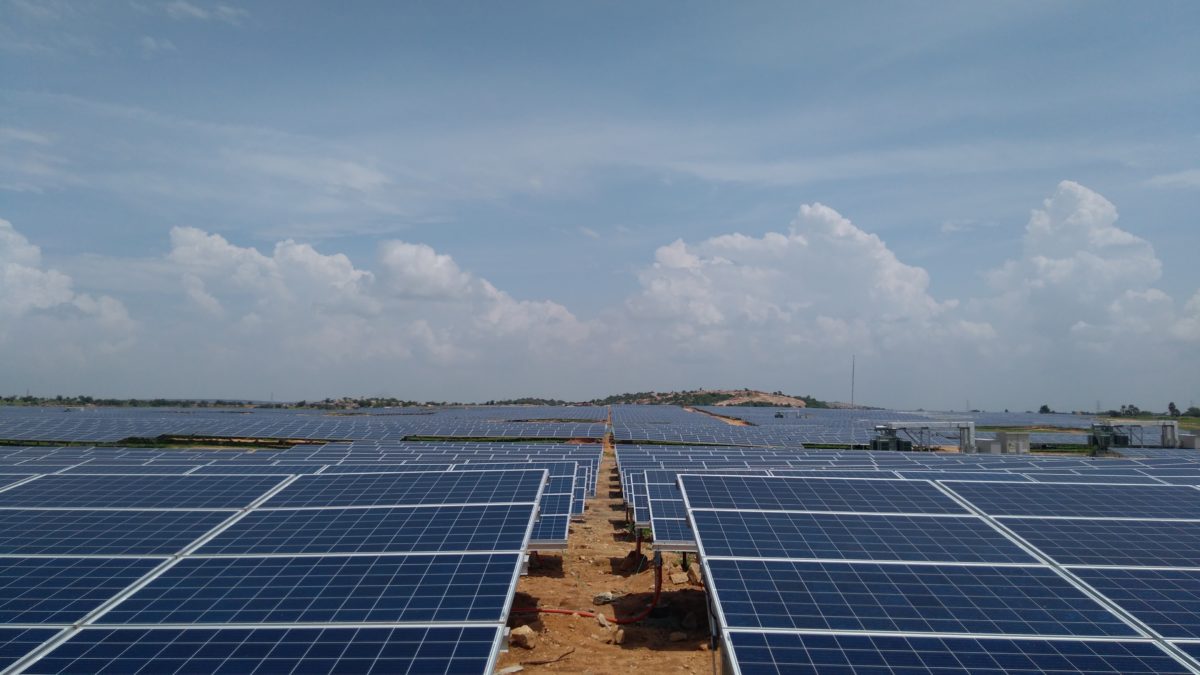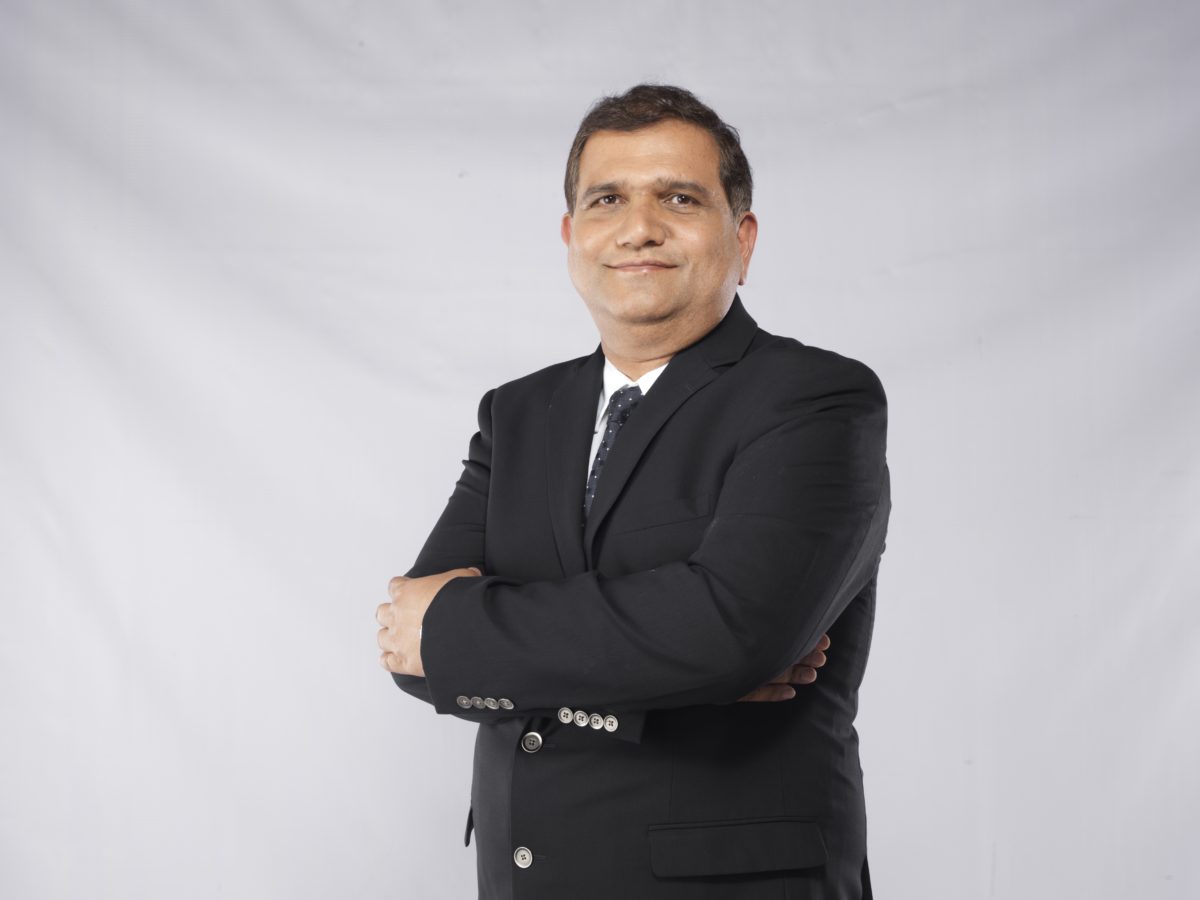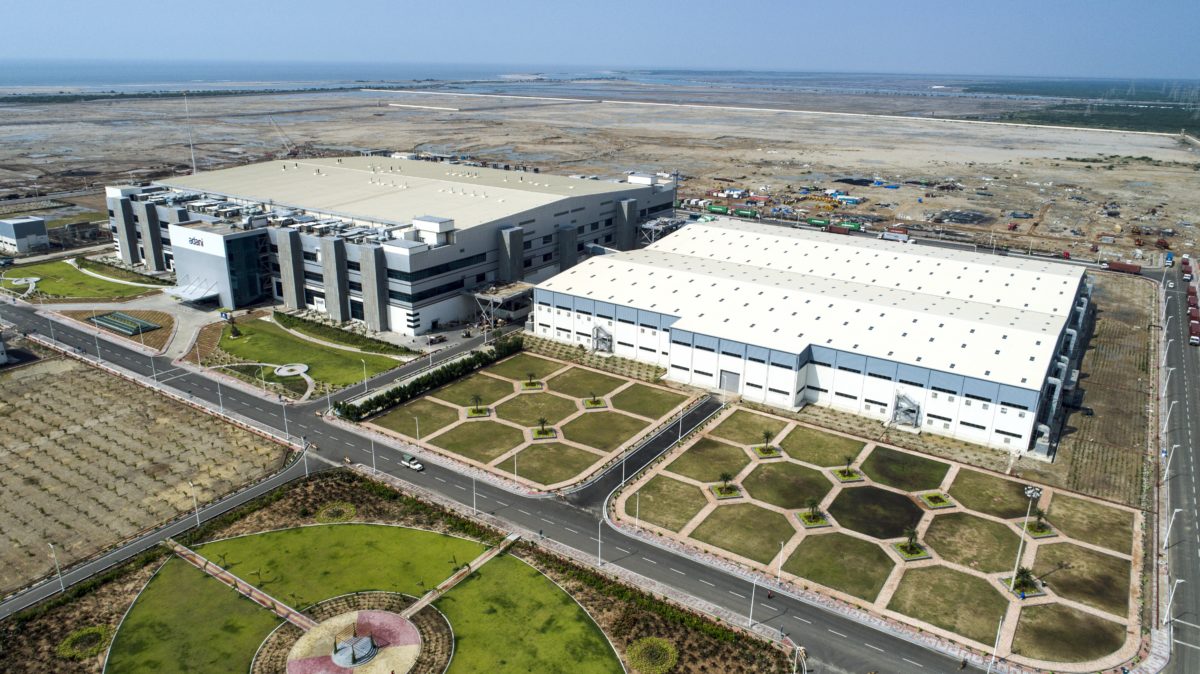pv magazine: As India’s largest solar power developer, what is your business strategic objective in clean energy in 2018 and 2019? In the frame of India’s unprecedented growth in solar energy recently, how has your performance been in 2017?
Jayant Parimal: 2017 has been good for us, and for India too. India installed almost 10 GW of solar, and we completed around 1.4 GW solar. Now, our portfolio stands at 2 GW of Solar. There is a lot of competition in the market, several solar developers and EPCs have taken punts on falling module prices. A lot of innovation is happening there is no doubt about it. However, predominantly the focus is on module cost.
In 2016, module prices really fell, that encouraged lot of people to take a punt, and reduce bid prices and continue with aggressive numbers. We do not know how practical it is, but anyway, the prices fell. We are also a domestic manufacturer, and thus, we also approached government of India for anti-dumping and safeguard duties.
There is uncertainty in the market right now, there is no so much bidding activity in 2018. And actual installations will be less compared to 2017. Lots of new bids have come out, but it takes time to develop, and then needs more time to sign a PPA, adding 12-18 months’ time to execute, so you will see any up peak only in 2019.
In 2018 we don’t have so much action on our part. Bidding activities were a little slower in 2017, and we were quite unlucky in 2018, we could not win much. We are now venturing into wind, we did 700-750 MW. We are keen to do solar but somehow, we are not very successful. We are also seeing opportunities outside of India, like we are already executing some projects in Australia and the United States, and, planning to explore Far East and African markets.
Adani started to team up with Huawei in 2016 and there are more than 1 GW PV plants commissioned. Huawei’s ICT history set the company in good stead to grow rapidly in the inverter space. How did the firm’s background help Adani identify Huawei as a preferred partner?
In 2016 we were developing large projects using central inverters, and the same year Huawei entered the Indian inverter market. They came and presented their proposition. At that time, it was difficult for anyone to digest the fact that string inverters can be a good solution for grid-scale PV. But, somehow, they were able to convince us that we should look at it. We did some pilot testing, and then we took a plan and ordered almost 1.25 GW. After that we built our plants using only Huawei inverters. In 2018, we do not have any PPAs, otherwise we could have procured more from them.
In recent months the Indian solar market has seen a raft of record-low PPAs signed for large-scale solar. While cheaper solar is good for many parts of the PV chain, it does pose a problem for O&M providers. How is Adani hoping to tackle and overcome this problem of squeezed O&M margins?
We maintain our plants ourselves. So, whatever 2-2.5 GW we have, they are reasonably priced. We have sufficient capital for O&M. However, looking forward, we see very aggressive assumptions on O&M. If any of the assumptions do not hold true, then people will end up with losses. It is a very big challenge. In fact, people are taking aggressive actions. Everybody is under pressure to reduce their cost. Thus, somewhere you might be inadvertently compromising your quality, which will haunt you later. We are avoiding this, at least until now we have not fallen prey to that.
The 50 MW power plant located on Mahoba, using the Huawei FusionSolar Smart PV Solution, was already commissioned a few months back. Is there any experience you'd like to share with us?
Fusion solar is a software product which is well above standard string inverters. It has better monitoring flexibility. So, Huawei have offered us, and we have taken one sample, which we are right now experimenting in one of our plants. It is a good platform to monitor assets, and there are features not available elsewhere. If you can control your plants better, then you can monitor them better. With this feature you can ensure that all your strings are in optimal working condition. As soon as there is any failure, it will notify you. That way the plant availability is good, performance ratio is good, so it helps. Otherwise, the inverters are everywhere, so this is only one incremental factor, which is compatible to their inverter.
What are the benefits of using Huawei’s string inverters at scale? Is it simply a case of better opex vs. capex?
String monitoring can also be done with central inverters, it is just that you must install the string monitoring facility, you have to add additional equipment. Thus, some of our plants utilize central inverters with string monitoring facilities. However, string inverters are slightly better in terms of performance, because there is more maximum power point (MPPT) tracking for every MW of modules. Since the biggest risk in any solar plant is mismatch loss, having more MPPT helps you to reduce risk.
Nowadays, there are up to 3.5 MW in a single central inverter, but only one MPPT. If the terrain is flat and everywhere receives uniform irradiation, it is fine. But if terrain is not so flat, irradiation varies from one place to another, and it may perform sub-optimally compared to a string inverter. String inverters, I believe, offer 1 MPPT for every 12.5 KWp. Every 100-200 m2 you have MPPTs, so performance is better.
Additionally, with multiple string inverters, even if one fails only a few KW is affected. That way availability would be slightly better, that is another advantage. Although you have to install so many of them, so it gives you a little tough time during installation. However, once they are installed, it is fine.
In OPEX, we have been told there will be better performing in terms of availability etc. For instance, we are operating them for 6-7 months. We have good experience until now, we did not get any serious issues. However, the 6-7 months are too small a period compared to 25 years plant life. But we can say that their system does provide greater monitoring and control.
How do you see your partnership with Huawei for international projects?
We are looking into that, and we will prefer to work with them, everything else being equal.
How is your prospect of solar industry in India?
Good, I say. Now, solar prices are falling far below the average grid price. I am sure solar, as well as wind, will grow. Resistance from the DISCOMs to sign more PPAs should reduce, they should be willing to sign more. Another problem was that, because prices were falling, some DISCOMs thought the more you delay, the cheaper power you will get. That also slowed the process of bidding. Once prices stabilize, then I am sure the DISCOMs will sign more deals.

Image: Adani Enterprises
There are vast opportunities in the Indian solar market right now. But with growth and opportunity come challenges. For Adani, what are the major pressures when operating in the Indian solar market?
All developers right now are facing the issue of duty uncertainty. Plus, we have a lot of issues on PPAs, some of the distribution companies (DISCOMs) do not honor their PPAs at times, and there is pressure for the renegotiation of PPAs. Two years back INR 5-5.5/kWh was a great tariff, everybody was happy. Today it is INR 2.5/kWh. So, the fellow who had signed the contract at INR 5/kWh, they want to renegotiate.
Solar plants are predominantly capital, where O&M is hardly anything. Falling module prices later is not going to give us any benefit, once we have already installed our plant. DISCOMs do not realize all of these things, and so pressurize unnecessarily. Therefore, the sanctity of the contract becomes an issue. It is unfortunate, you do not expect such behavior from some government-controlled entities. In addition, there may be delays in payment etc, due to the poor health of the DISCOMs.
Plus, some of our older PPAs, which are at higher tariffs, face other risks of curtailment. Although in theory they cannot curtail, but in the name of technical reasons, they will. So, it affects our financial viability.
32 countries have already ratified the International Solar Alliance framework agreement. Notably, Adani has also ventured into several of these countries. Would Adani also be a part of ISA in establishing projects in ISA member countries?
We would be interested to participate in ISA events, let’s see how things shape up. There has been a $2 billion Africa fund announced, which the government of India has promised for solar projects. So, if we get PPAs, we can get financing for them. However, until now nothing concrete has been decided and signed with ISA.
Currently, the Indian solar market is going through several trade conflicts to save the domestic manufacturing sector, with proposed safeguard duty, anti-dumping duty, and import duty. What’s your take on this, will this boost India’s domestic manufacturing sector, and will it have any negative impact on installation growth?
If duties are imposed, it will definitely boost domestic manufacturing. There are a lot of Chinese manufactures that would like to set up here: India is a large market. However, the problem is that either you should have incentives to operate here, or disincentives if you do not operate from here. Unfortunately, because there are zero duties, you do not have any those advantages. And you have a lot of disadvantage if you are operating from India, because well-established companies already operating out of China, their cost of shipping goods from China to India is some 0.05-0.1 cents/Wp.
Why should Chinese manufacturers set up shop in India? In their home turf they can do their work very quickly, expand quickly, their supply chain is good, and their landfill support system is better. Unless, in India, you have incentives which are better than what exists in China; or apply duties on cheap imports. Unfortunately, neither of them are there in place in India.
Although Chinese tier-1 companies have made lot of announcements, they did not do anything so far because they did not have any incentive to do it, or they did not have a penalty for not doing it. Longi has announced its plan and that too got fast tracked because of the duty announcements. Otherwise, why would they come? If you can ship your goods from China to India at $0.05/Wp, why would you manufacture in India?
Huawei has also come up with module level power electronics. What’s your thought on this?
They have come up with some viable propositions, we will be interested in that. Using string inverters or string monitoring devices, you can monitor a string. Roughly, each string has 22 modules. Thus, you are monitoring an average performance of 22 modules. Now, we are trying to go below 22 modules, and maybe every module.
They will be monitored and should send their health data, every few minutes. Thus, we can recognize which panel is doing what. We have now set up our central control and command center, where we collect all our data and we are centrally monitoring our plants. Moreover, all the big data, which is adding in the clouds, we will add Artificial Intelligence tool to it, which will go through whole data and send some of this to analyst to rectify, in case of any errors.
This article is taken from pv magazine‘s 2018 specical edition, developed in partnership with Huawei. Read the full special edition here.
This content is protected by copyright and may not be reused. If you want to cooperate with us and would like to reuse some of our content, please contact: editors@pv-magazine.com.




By submitting this form you agree to pv magazine using your data for the purposes of publishing your comment.
Your personal data will only be disclosed or otherwise transmitted to third parties for the purposes of spam filtering or if this is necessary for technical maintenance of the website. Any other transfer to third parties will not take place unless this is justified on the basis of applicable data protection regulations or if pv magazine is legally obliged to do so.
You may revoke this consent at any time with effect for the future, in which case your personal data will be deleted immediately. Otherwise, your data will be deleted if pv magazine has processed your request or the purpose of data storage is fulfilled.
Further information on data privacy can be found in our Data Protection Policy.